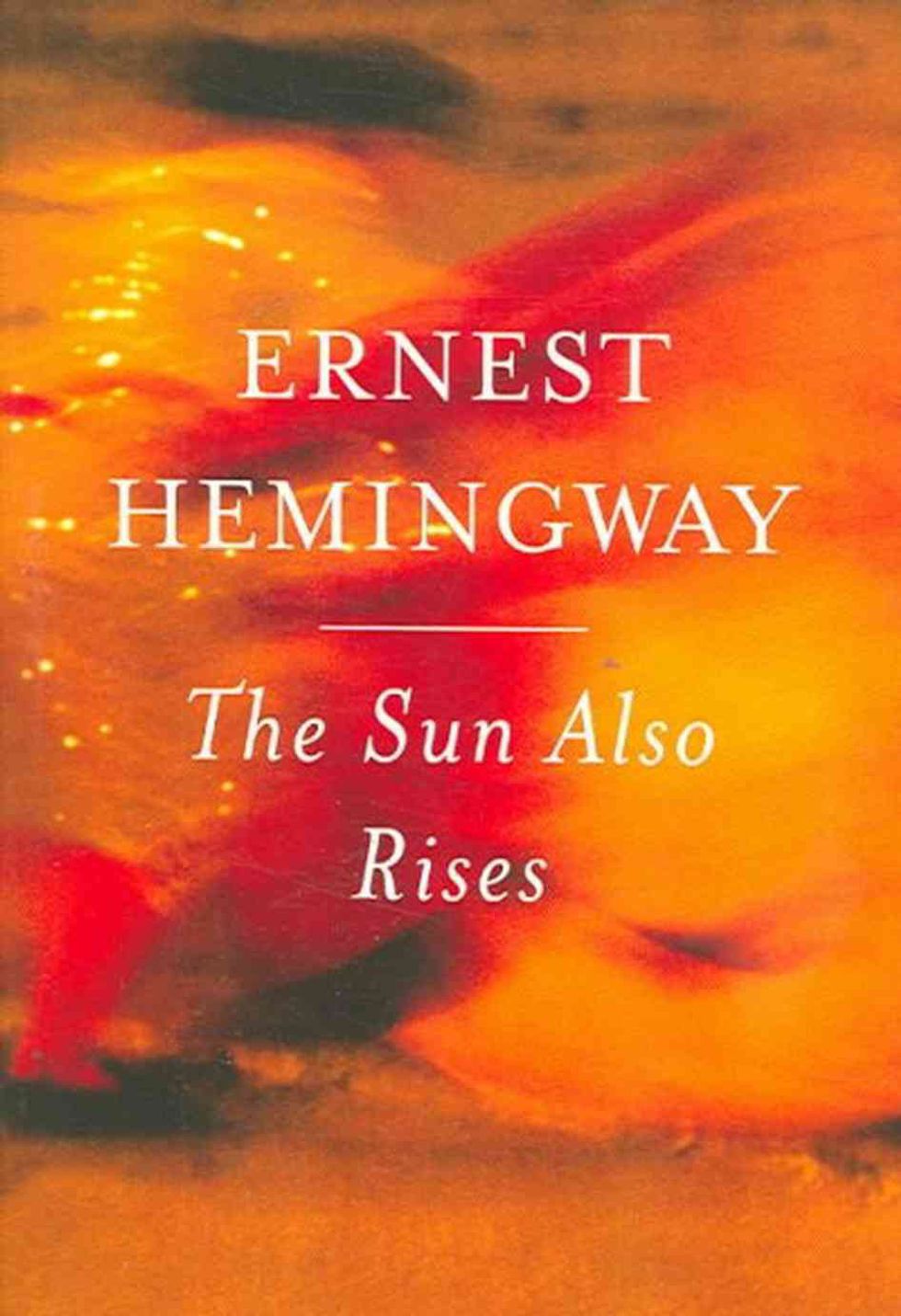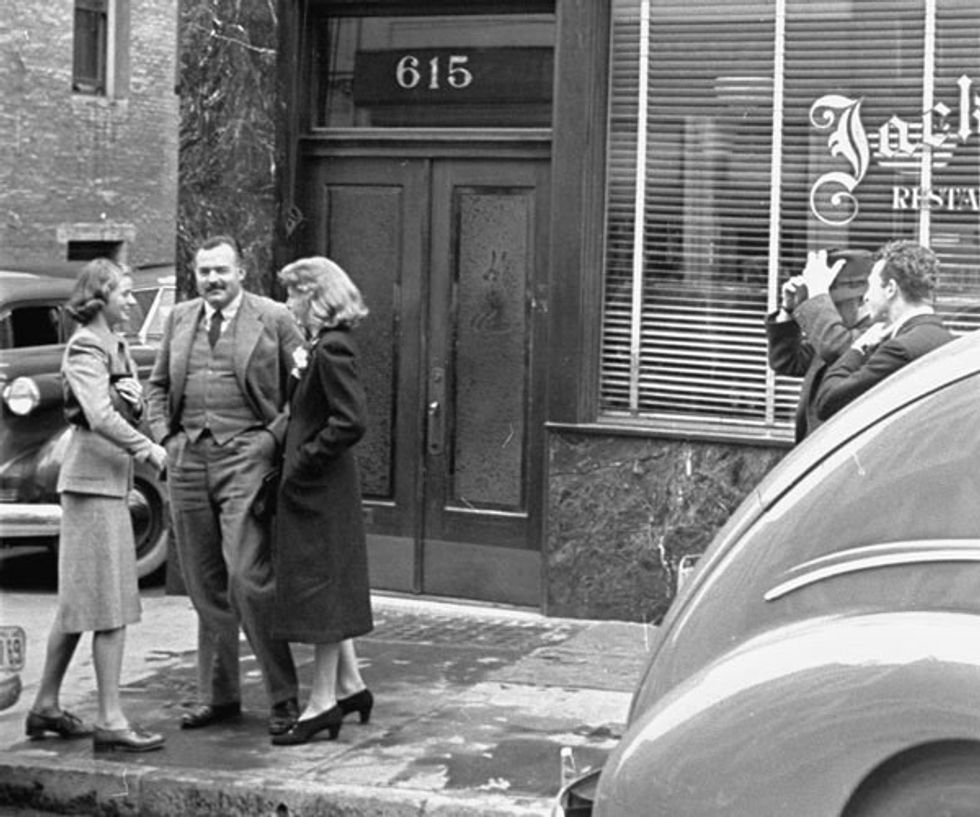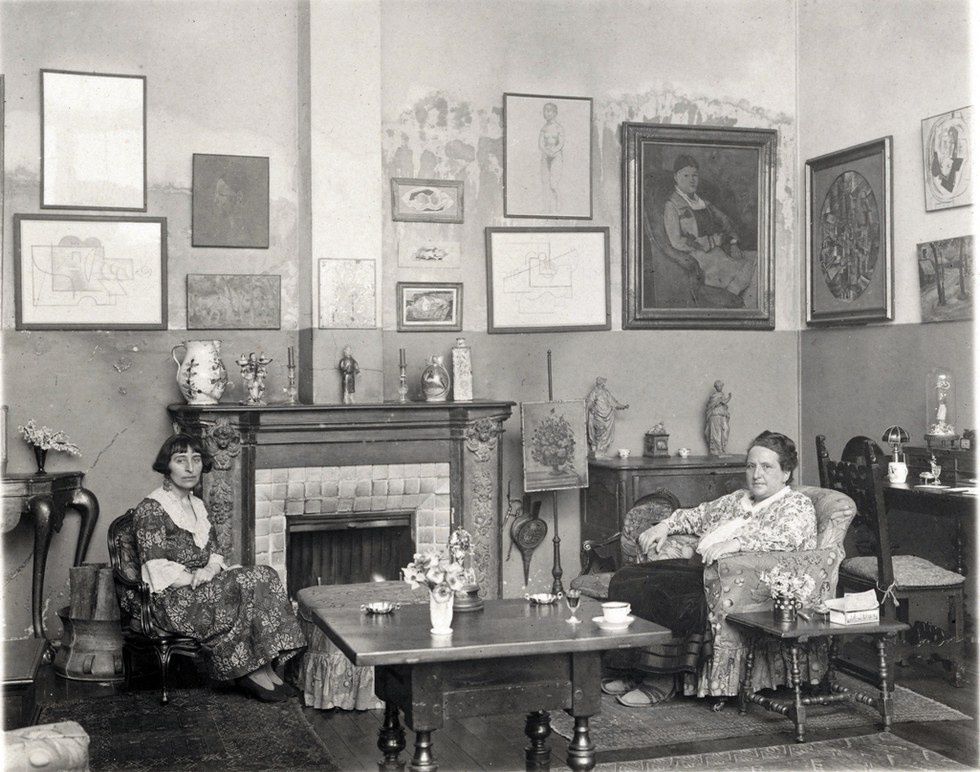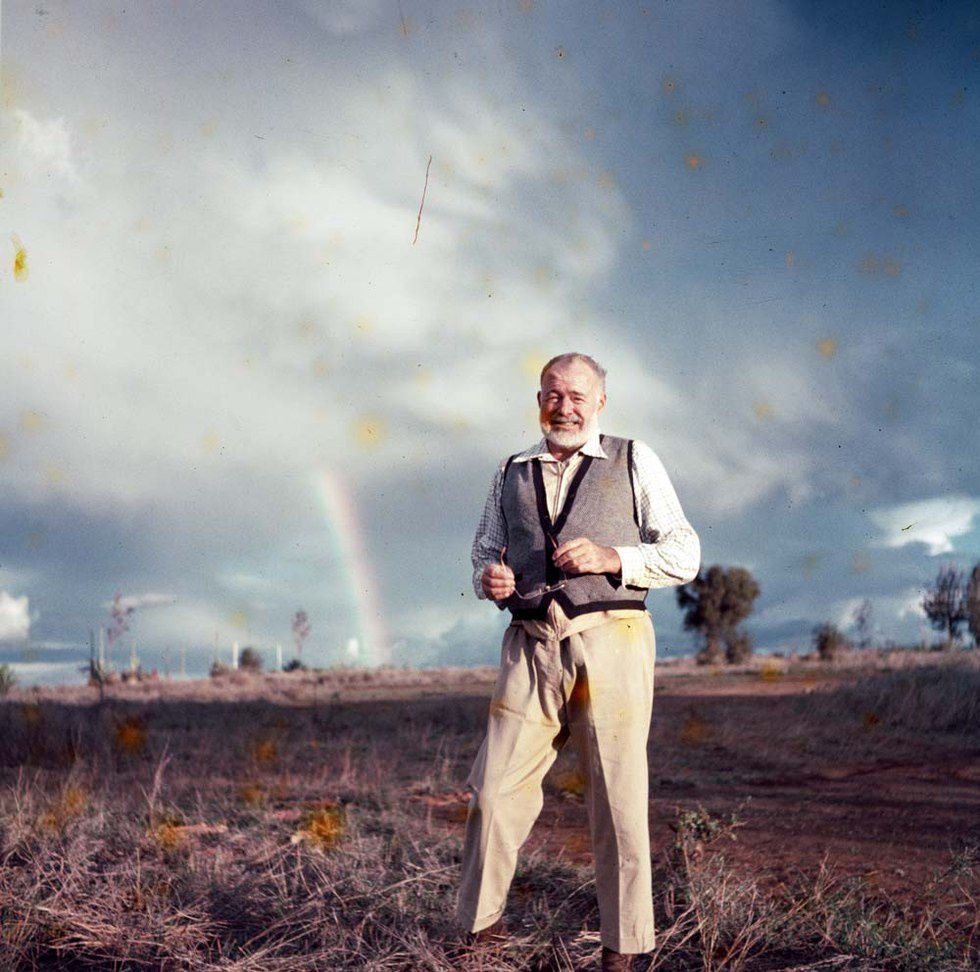Ernest Hemingway isn’t easily defined. His work transcended continents, wars, decades, cultural shifts and emotions. Although known for his uncluttered prose, his work was complex; a single short story can be analyzed for hours through at least three different lenses. It’s overwhelming yet immensely rewarding.
Because there’s no shortage of material to examine, it’s important to constantly reevaluate labels of both the works and the writer. Hemingway was always changing and growing; his experiences were varied and his writing expresses the diverse life he led.
A recent academic pursuit has led me to become entangled with his 1926 novel, “The Sun Also Rises.” While it’s an interesting narrative that illustrates the lives of expatriates in Europe during the 1920s, the novel really shines where characterization is concerned.
The narrator and most of the other characters are men; however, the main focus is Lady Brett Ashley, a dynamic ‘modern woman’ that creates both desire and destruction. Most of the characters and drama center around her.
Brett alone is worthy of close study. Hemingway fleshes her out through the relationships that she has with others as well as through her own dialogue, exploration and suffering.
It’s tempting -- especially when considering Hemingway’s personal life -- to call him a misogynist. However, Brett is too dynamic a character to support that label. She’s frustrating, selfish and destructive; in spite of those tendencies and the men’s issues with her, Hemingway’s tone often gleams with pride for Brett’s strength.
Ernest with war correspondent and wife, Martha Gellhorn (R), and actress Ingrid Bergman.
She’s a bull in a china shop where relationships are concerned. She toys with emotions, drinks to excess and pursues whoever catches her attention with a blatant disregard for preexisting affection (spoiler alert: her lovers and love interests are much more committed to her than she is to them). Drunken fights about her are too common, as are drunken soliloquies attesting to her appeal and eventual abandonment. Brett is compared to Circe because, as the men admittedly agree, she truly does turn them into pigs.
And yet, their lives, happiness, adventures, intrigue and desire revolve around her. The novel is Brett-centric; if it weren’t for her haphazard pursuit of life and all it offers, the men probably wouldn’t leave the pub. There is resentment for the pain she causes, sure; but the unspoken yet constant feeling is one of appreciation. She might be reckless and self-centered, but she’s brave as hell.
The Lost Generation, as dubbed by Gertrude Stein, explained the group of young adults who experienced the horrors of the First World War; soldiers, civilians and nurses were all damaged to varying degrees. Brett served as a nurse before marrying Lord Ashley, a man who suffered from violent PTSD. Of course, it wasn’t received then as it is now, so she had no real resources to consult when he began sleeping with a loaded gun. Hemingway seems to blame her alcoholic tendencies and anxious, noncommittal behavior to the stress she underwent when she was younger. Because of the trauma in her past, the men -- although often upset with her -- treat her as an equal, seemingly beyond gender norms.
Gertrude Stein and partner Alice B. Toklas in their home gallery; they were benefactors of the artistic Modernists by offering support, literary criticism, edits and purchasing paintings.
Despite the damage Hemingway attributes to her actions, his story seems almost a reverent homage to the strength of her character. He sees women, or at least Brett, as fully capable of creating her own life. Regardless of the negative consequences of a life guided by the fulfilling desires, he seems to respect her passion and determination. She may be unfaithful, unreliable and destructive, but she steadfastly pursues a path determined by her alone. If Hemingway can show appreciation for her strength of character despite her downfalls, “misogyny” doesn’t seem to be a very appropriate label for the complex man at all.























